Arctium Lappa
Arctium Lappa, having several common names is consumed as a vegetable in the Asian countries from where it is said to be have originated apart from Europe. It belongs to Asteraceae family and also treated as an invasive weed as it grows to a great height and also spreads across easily. This plant has immense viability in various regional cuisine and medicinal sphere as it is enriched with several nutrients.
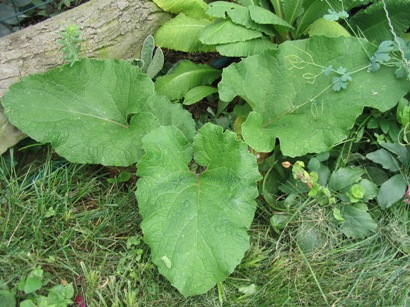
Arctium Lappa
Table Of Content
Common Name
This plant is commonly known by the names like:
- Greater burdock
- Edible burdock
- Lappa
- Beggar’s Buttons
Plant Description
Some of the physical features of this plant can be read below.
Height
The plant on the outside might grow big, measuring 2 meters in height.
Tap-root
This part is plump, which can also as long as 1 meter.
Leaves
Big Leaves with long petiole have been arranged alternately on the stem. Region underneath the leaves are hairy.
Flowers
Flowers of this plant are joined in clusters displaying purple shades. It flowers in between the months July and September.
Fruits
Long dry fruits are produced having short flower structure called pappuses. They are brownish in color and have a wrinkled appearance.
Taste
The roots taste fairly sweet with a sticky feel but the leaves are bitter.
Aroma
A pungent flavor is exuded by the fresh roots which makes it compatible in many gastronomic fares.
Distribution
Having originated from temperate regions, this plant is widely distributed worldwide. From the Middle Eastern countries across India extending up to china along with Japan, it is grown in the British Isles as well. The range is spread from Mediterranean to Scandinavia along with Russia.
Cultivation
In different parts of the world it is grown as vegetables. Growing conditions are:
Soil
It grows best in humus rich soil which is fresh.
Sun
It requires full sun for perfect growth.
Sowing
Seeds should be sown in the middle of summer. Germination takes place in a couple of weeks.
Harvest
Towards the end of autumn, roots of this plant becomes fibrous, this is when they should be harvested. Basically in a period of 3 months from seeding, they become ready to be harvested.
Nutritional Facts
From raw root extracts you derive nutrition as given below:
| Energy | 72 kcal |
| water | 80.09 g |
| Protein | 1.530g |
| Sugar | 2.9 g |
| Carbohydrates | 17.34 g |
| Calcium | 41.0 mg |
| potassium | 308.0 mg |
Though it has many health benefits, it is also considered to be weedy having immense growth. This vegetable has the richness of nature and many nutrients can be naturally obtained from it.
Health Benefits
- The leaves of this plant were considered to remove heat from m the body by applying it on the skin.
- According to traditional faith, the leaves are believed to be magical in curing cramps.
- To get rid of international ailments, often a concoction made by soaking the root extracts in brandy would be consumed.
- Arctium Lappa fruits extracts can be beneficial in delaying aging thereby retaining youth for long
- For keeping stomach in good condition, root of this plant is considered to be useful.
- Roots are also beneficial to release bile which helps the liver to remain healthy curing digestive disorders.
- For maintaining right blood sugar level, this can be useful.
- It can be applied to cleanse skin and keep it free of pimples and rashes.
- For removing toxins from the blood, burdock is readily a remedy.
- Often the farmers have used the leaves as a cure for hysterical disorders by applying them on the feet of the patients.
- It is known to equip the body with antioxidants
- It can maintain health of hair by reducing dandruff and hair fall if applied correctly.
- In modern times, it has been appreciated for being macrobiotic diet which is considered to be healthy.
- Lesser calories present in the root aids in losing weight if you are maintaining a weight-loss regime.
- Iron, potassium and calcium are found in plenty in it which makes it a healthy vegetable.
- A list of ailments like constipation, ulcers, colds, arthritis and kidney stones can be treated with it.
- It might as well help in resolving issues with memory as it contains arctigenin.
Uses
Culinary Uses
Use of greater burdock had immense culinary uses in the Middle Ages but now they are used in only specific regions for culinary purposes.
- Fresh roots of this plant are a great ingredient in nay Asian kitchen.
- For making soups, they are sliced after nicely peeling off the skin.
- You can also eat it after lightly frying it with some more vegetables of your choice.
- Japanese cuisine considers this to be an important ingredient for Miso broth along with other vegetables.
- When the leaves are young, they can be included in salads in blanched form.
- This vegetable can be turned into chips and consumed like snacks.
- They can also be consumed as sprouts.
Medicinal Uses
Dried root along with fruits and leaves are all used for making medicines. Native American, Chinese and Ayurvedic medicines found great medical properties in it. Some of its medicinal uses are:
- Traditional medicine regarded it for healing wounds as it could often be placed on wounds, swellings and infections.
- Urinary tract infections, ringworms and other fungal infections can also be treated with the root as it contains polyacetylenes.
- Several ointments, capsules and essential oils have been made with this natural wonder which can help treat many skin infections and disorders.
- The concoction made with the root can serve as a wash for treating scaly skin issues and boils.
- Greater Burdock has great significance in homeopathy which uses the fresh roots for blending it into various medical formulations.
- Presence of certain compounds in the Greater Burdock seeds suggests anti-cancer properties, which can facilitate a major breakthrough in this field.
- It is used for making medicinal supplements and herbal tea.
Other uses
In olden times, clothes were dyed black by mixing it with other ingredients like nut shells, milkwort and water buffalo beside many others.
During Pregnancy
Some caution should be exercised while consuming it during pregnancy as the root may cause uterus to contract.
Storage
Fresh roots can be bought from super markets but dried ones stay for long if kept in cool place without moisture.
Side Effects
There are no such established side effects of this vegetable but allergies in some might occur. It is always better to consume it under professional guidance as it might interfere with other drugs or herbs that you are consuming. Arctium Lappa can affect sugar levels so if you have diabetes, it is always advisable to consult your physician before taking it.
Interesting Facts
- Caterpillars and Lepidoptera feed on the leaves of this plant.
- There was a belief that the leaves of this plant had the power to drain out an evil disease like Typhoid, by simply putting the leaves on the patient’s head.
Pictures
Here are some images of Arctium Lappa.
Reference:
https://journals.innovareacademics.in/index.php/ajpcr/article/view/33870
http://www.unp.me/f150/health-benefits-of-burdock-150171/
http://www.nutrition-and-you.com/burdock-root.html
https://www.botanical.com/botanical/mgmh/b/burdoc87.html
http://www.goldenlotusherbs.com/index.php?pageid=2&itemid=116
- by Jaysmita Sarkar
- September 20th 2012

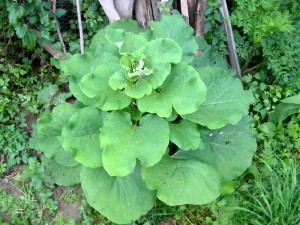
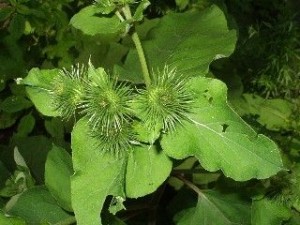
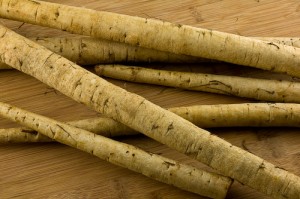
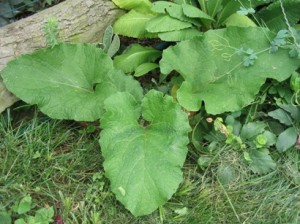
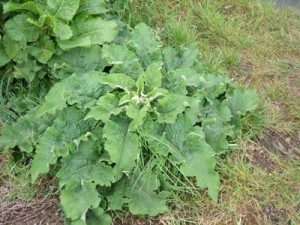
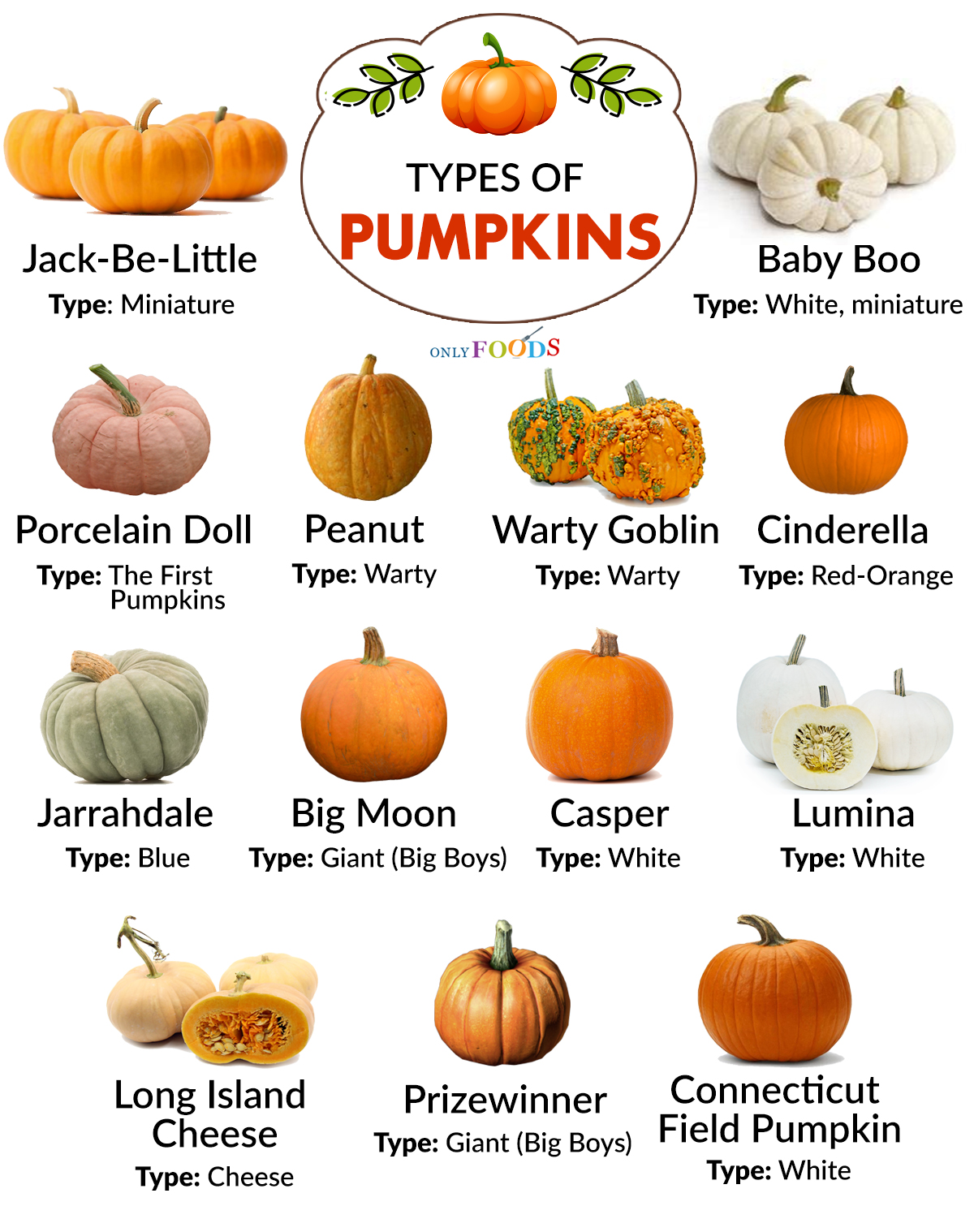
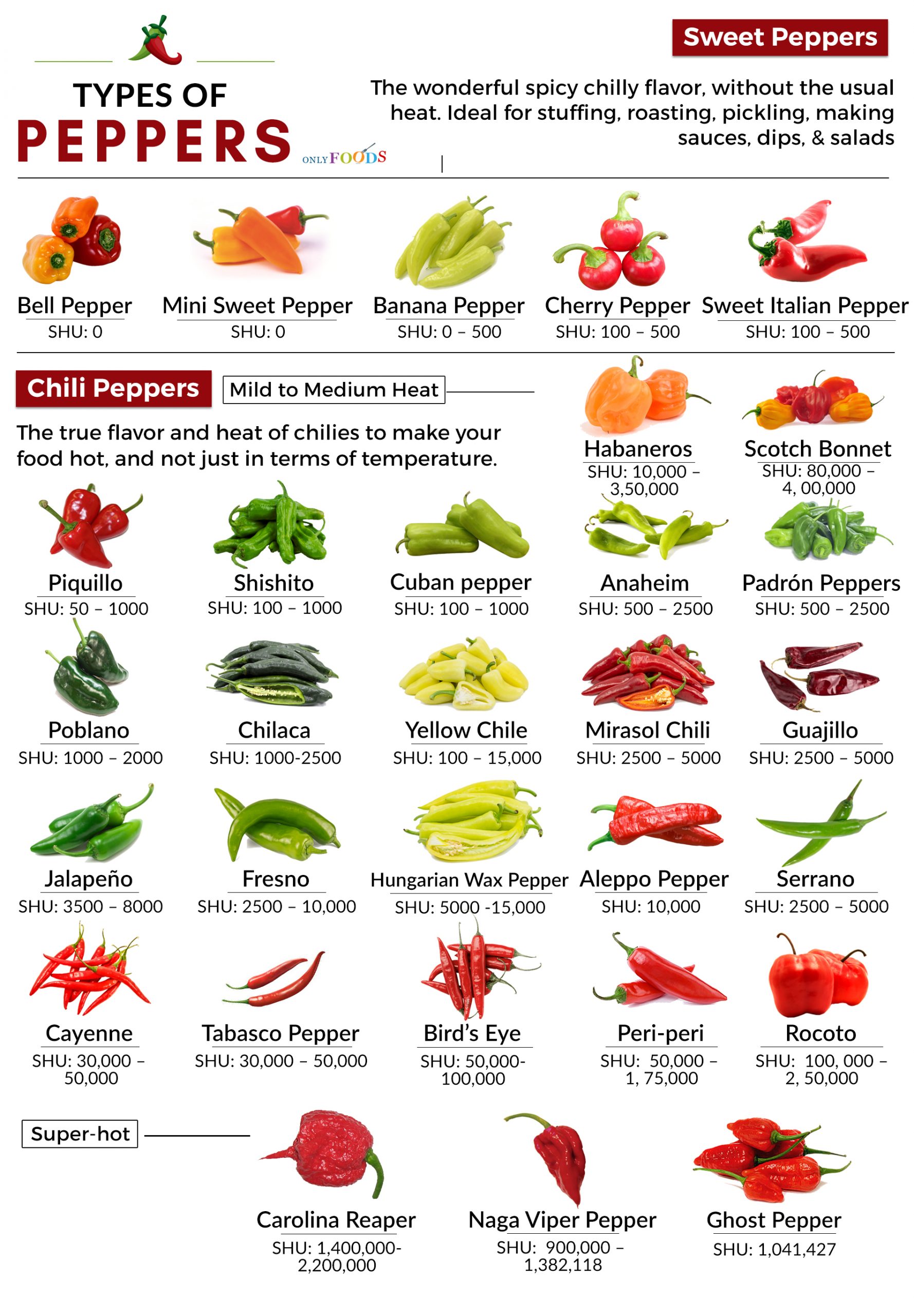
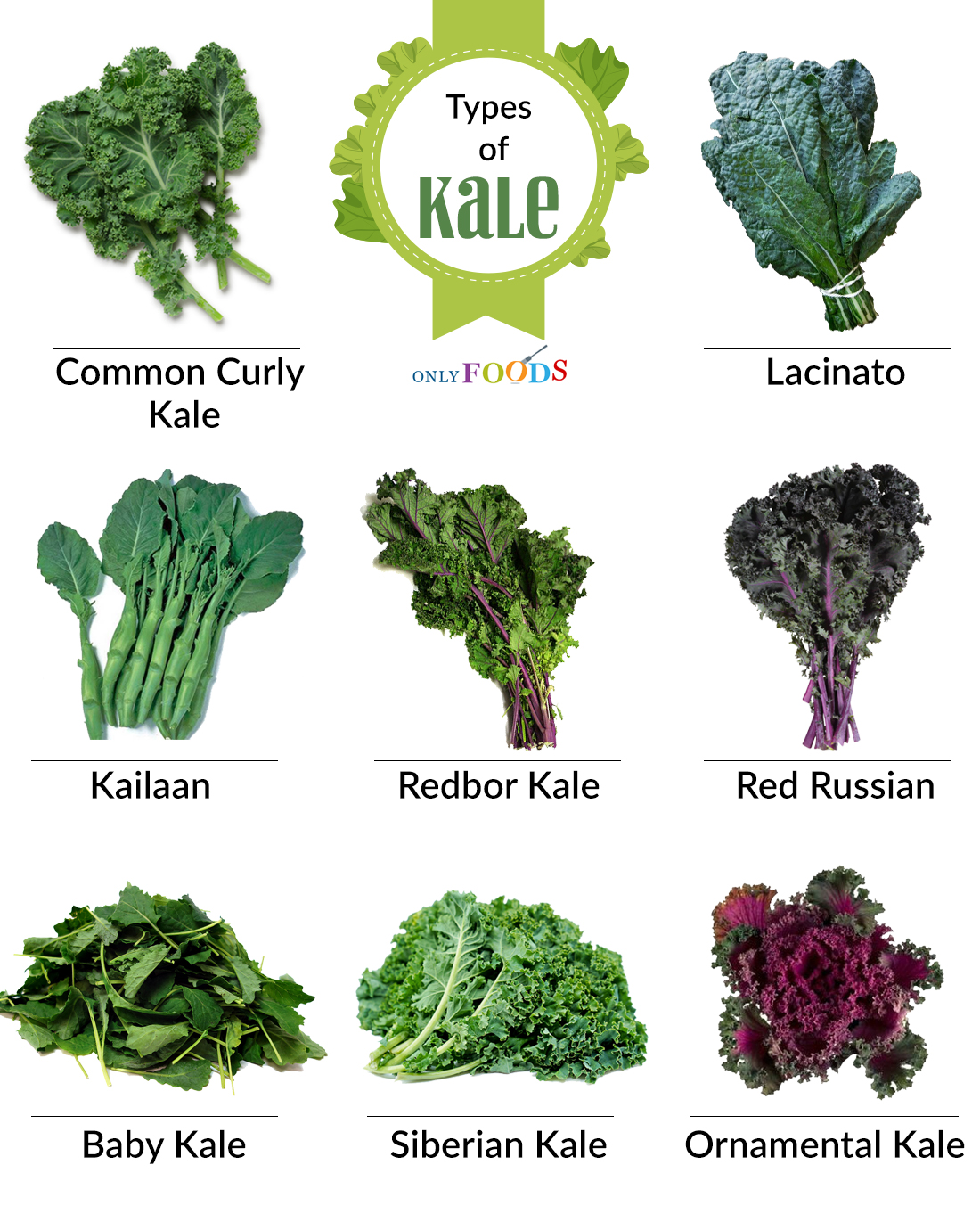
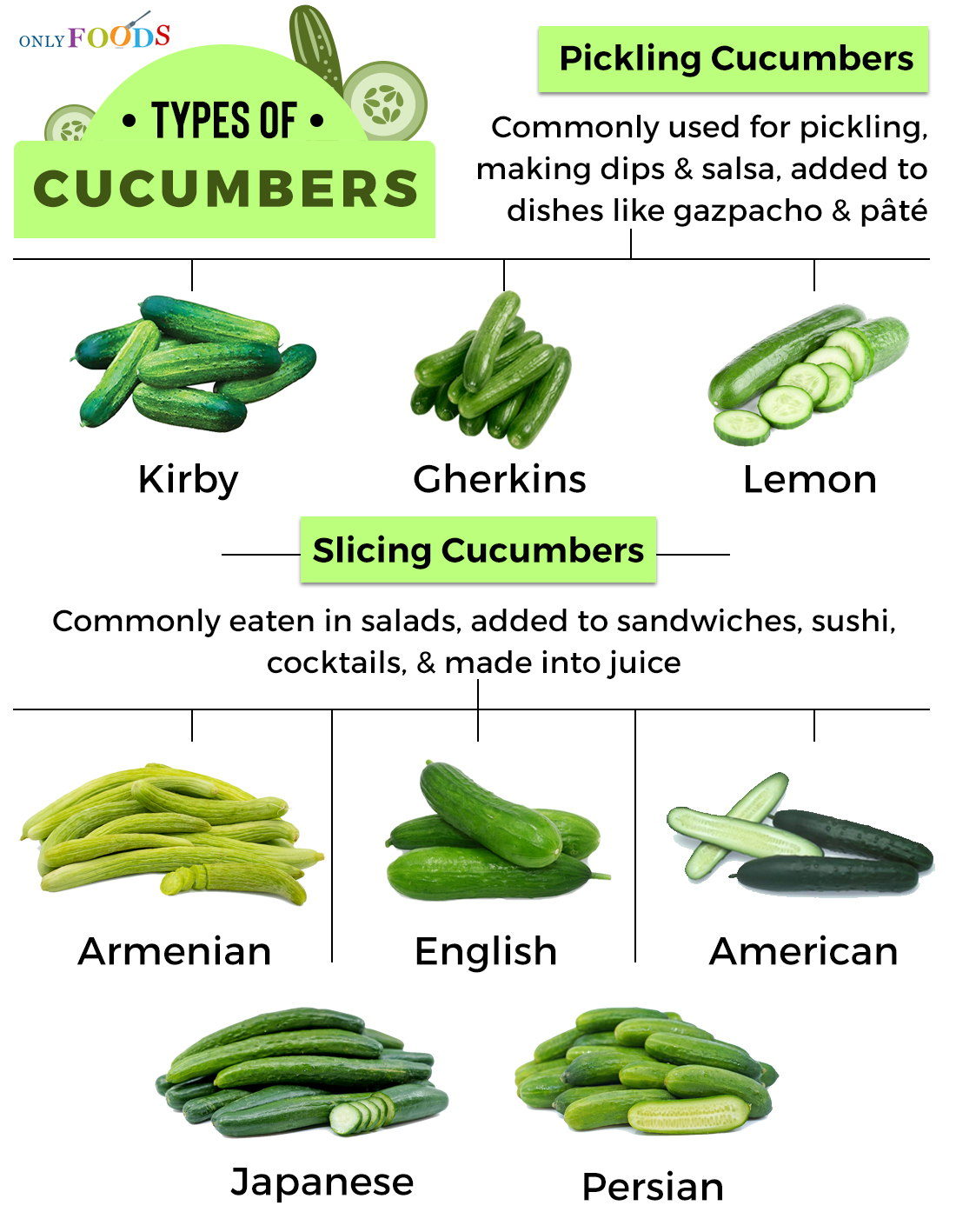















Leave a Reply